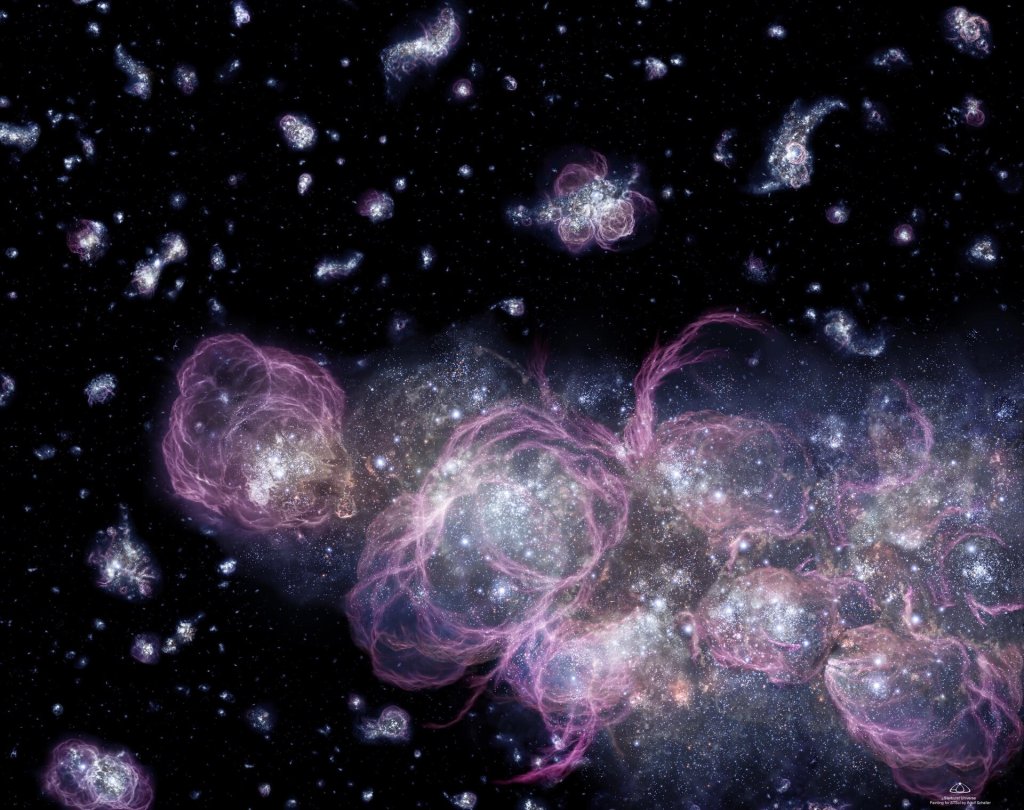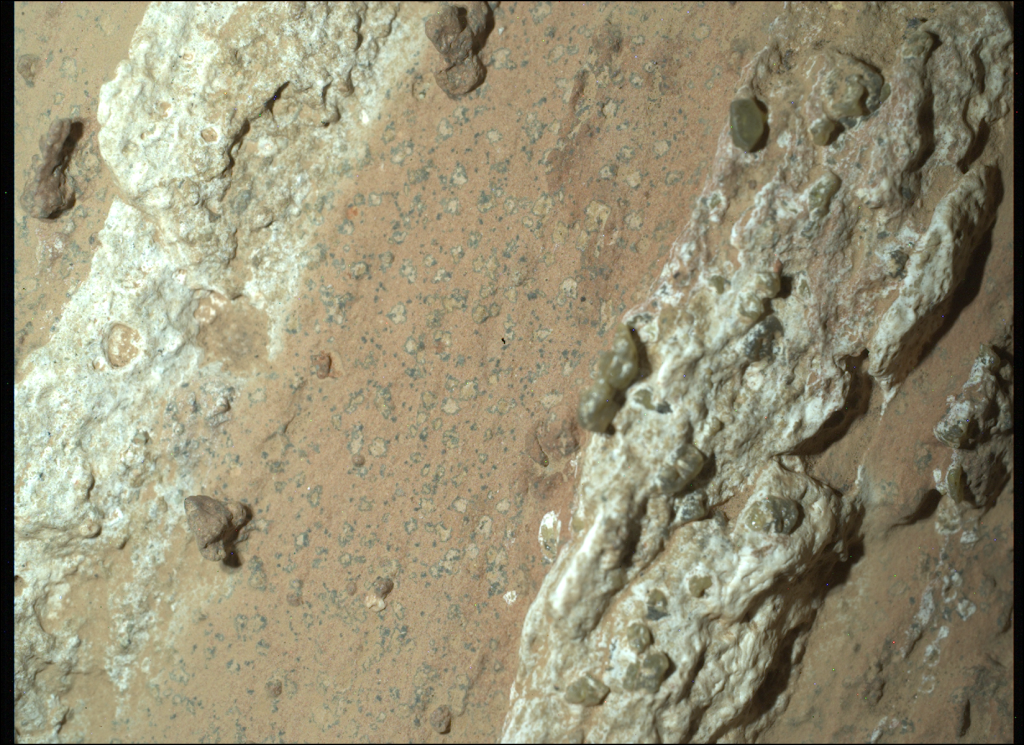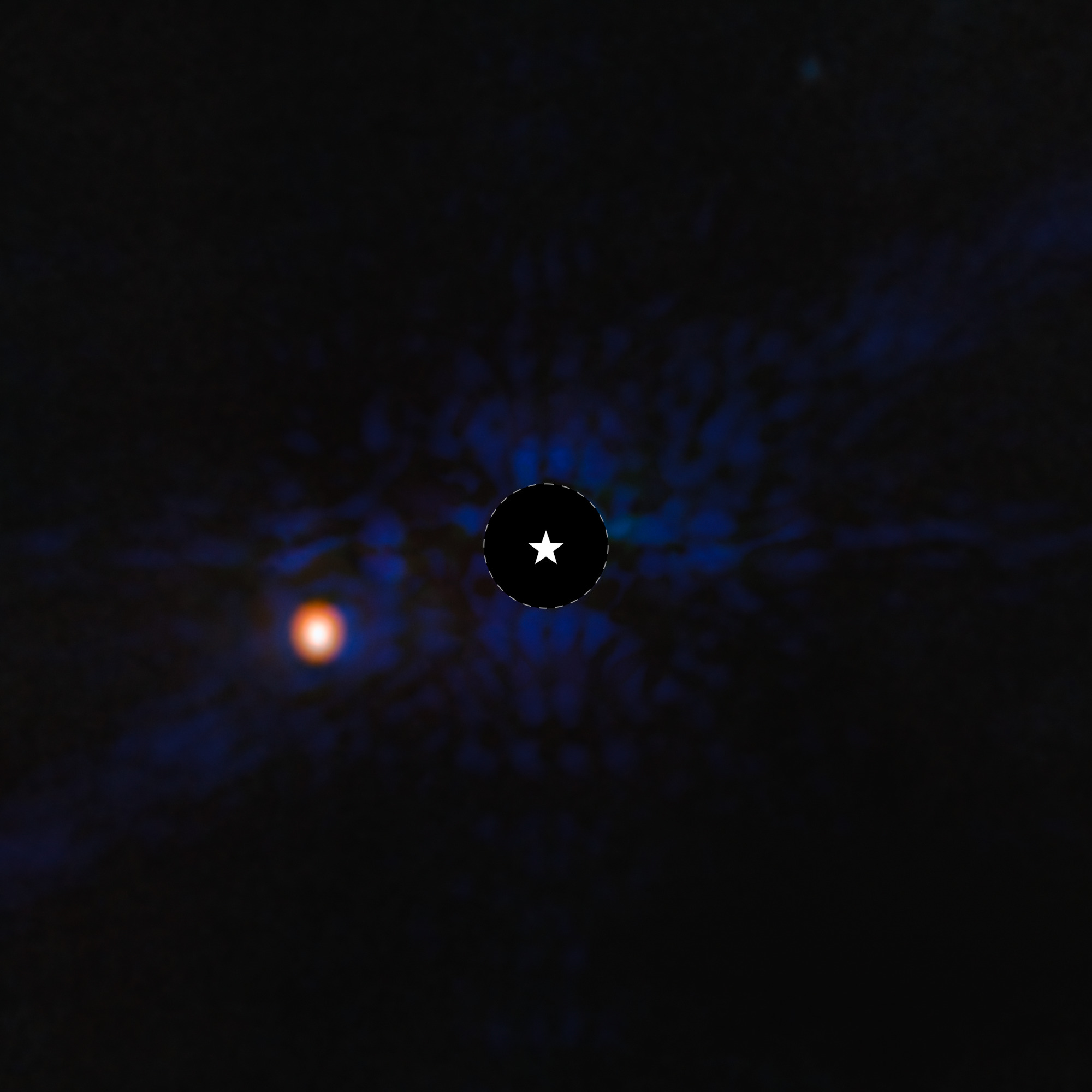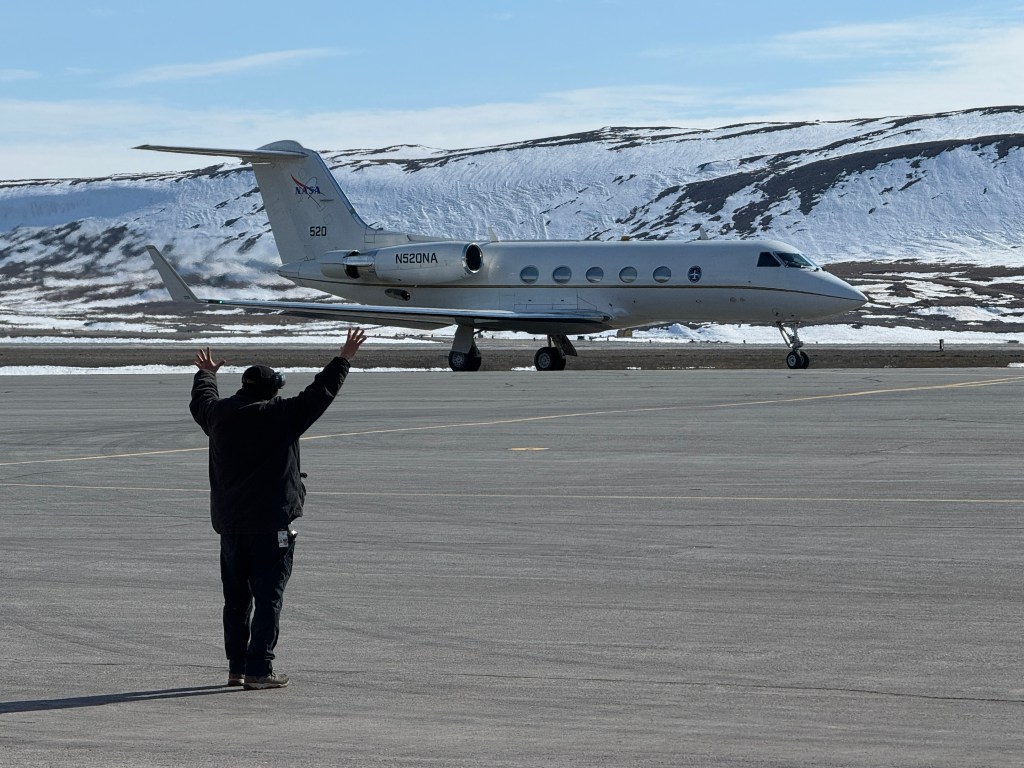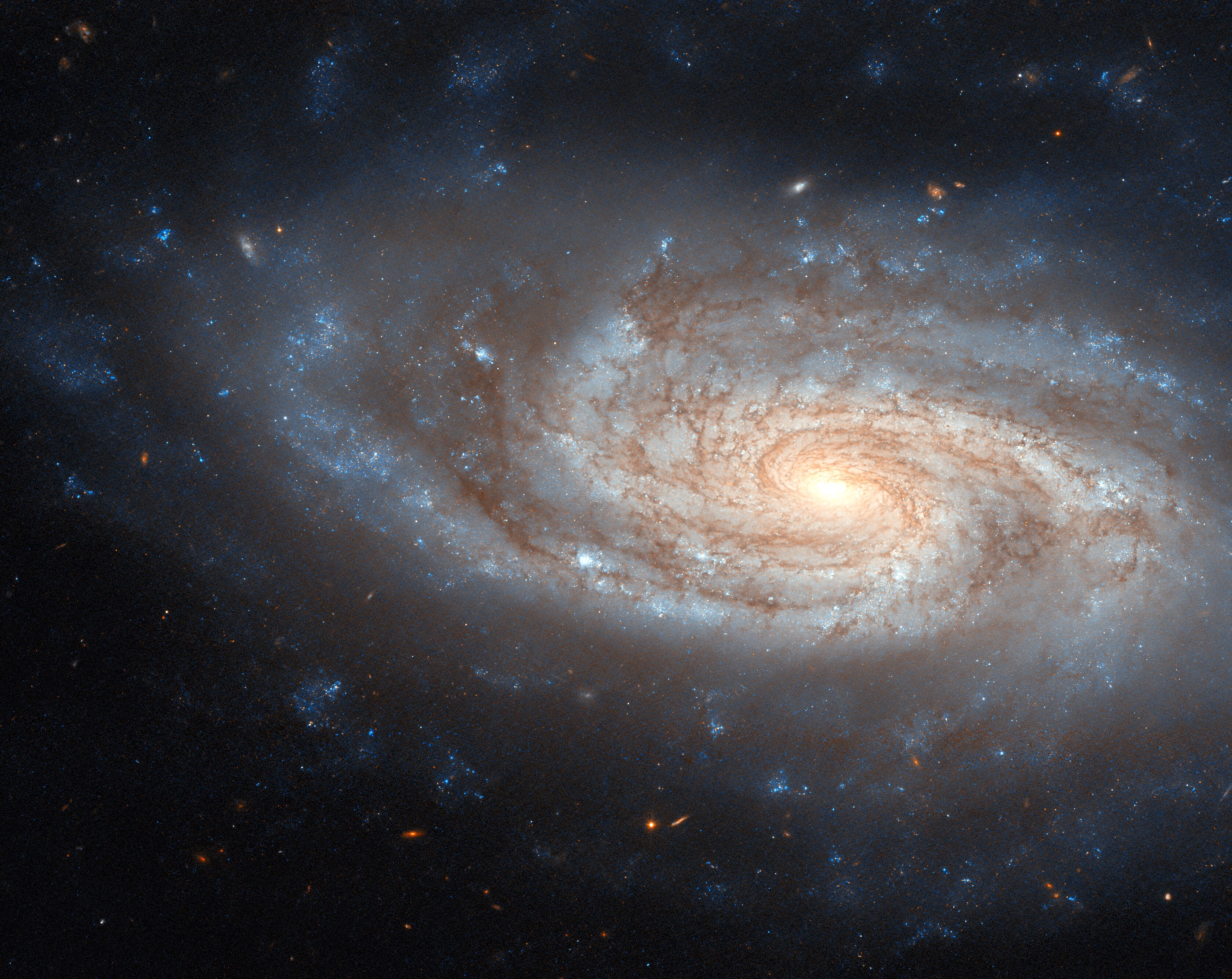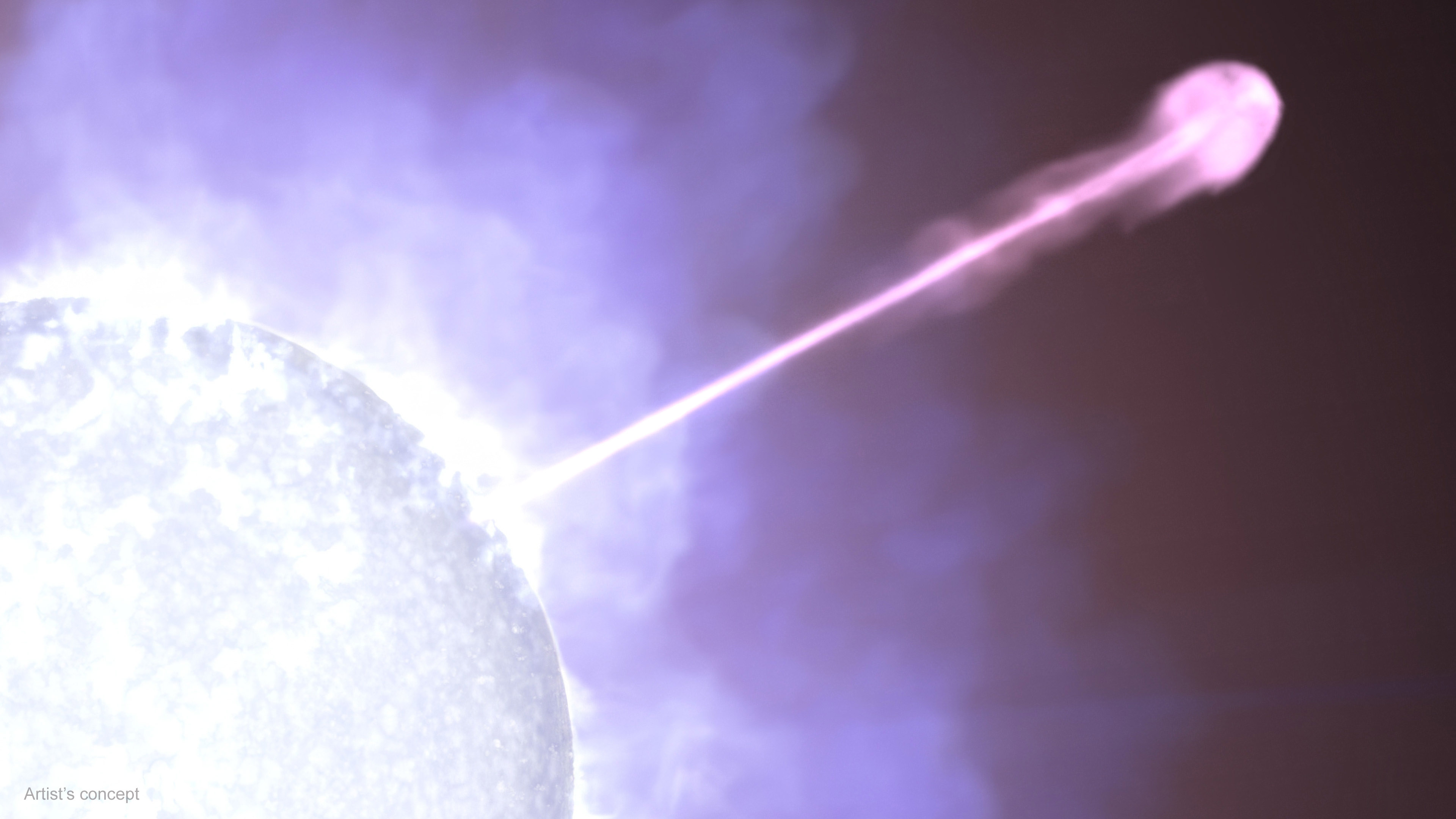Next Generation NASA Technologies Tested in Flight
Teams of NASA researchers put their next-generation technologies to the microgravity test in a series of parabolic flights that aim to advance innovations supporting the agency’s space exploration goals.
Learn More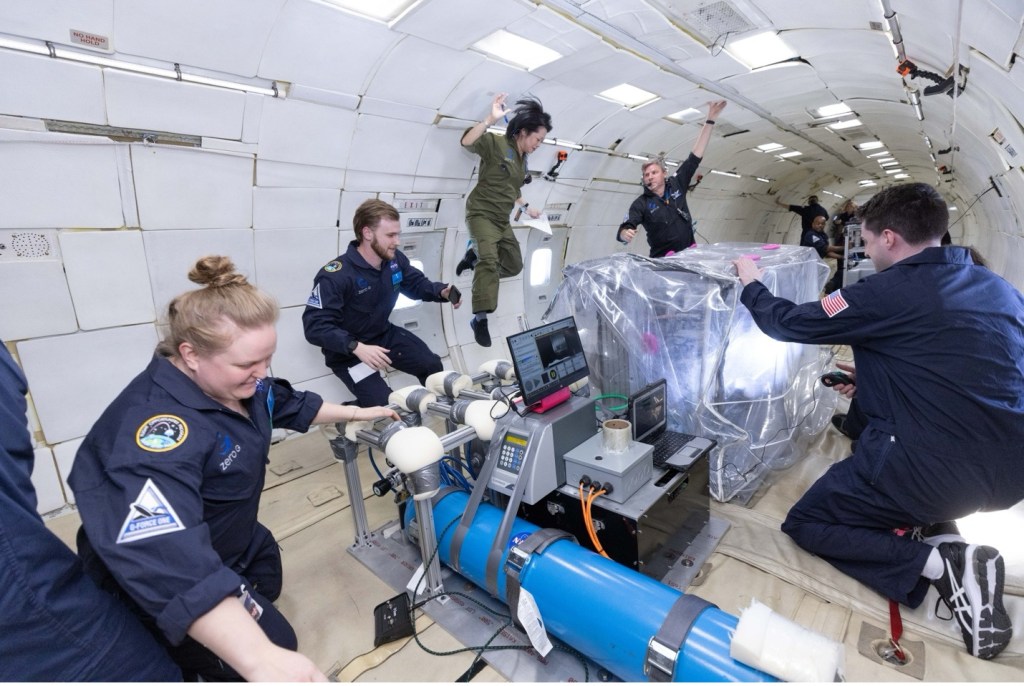
Innovation in Focus: Technology Development
Enter the realm of low Earth orbit, where the International Space Station (ISS) serves as a beacon of innovation and a testament to human ingenuity. The ISS National Laboratory sponsors groundbreaking research and development (R&D) pioneering new technologies.
Learn More
NASA’s Laser Relay System Sends Pet Imagery to, from Space Station
Using NASA’s first two-way, end-to-end laser relay system, pictures and videos of cherished pets flew through space over laser communications links at a rate of 1.2 gigabits per second — faster than most home internet speeds.
Learn More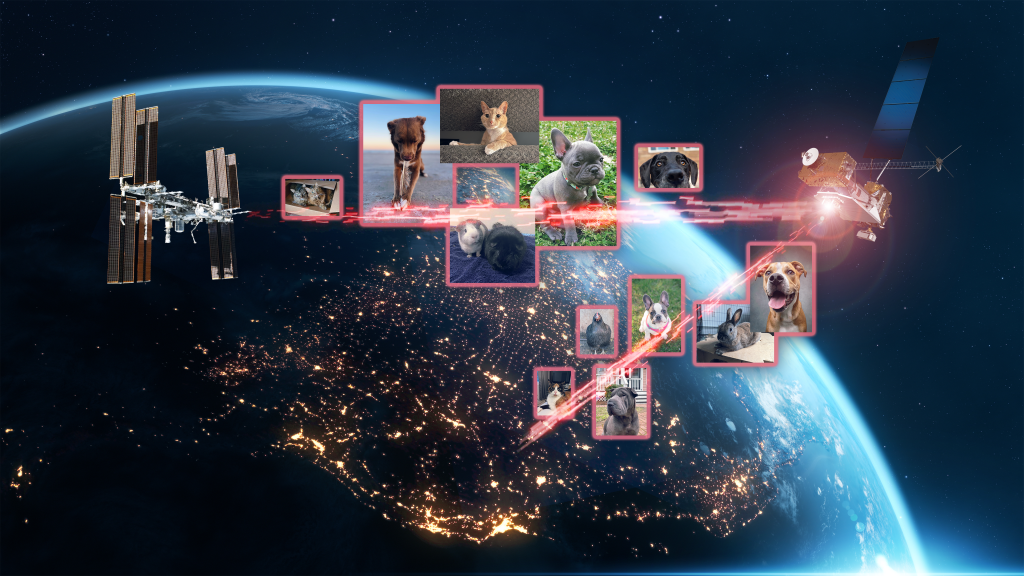
Astronauts to Patch Up NASA’s NICER Telescope
NASA is planning to repair NICER (Neutron star Interior Composition Explorer), an X-ray telescope on the International Space Station, during a spacewalk later this year. It will be the fourth science observatory in orbit serviced by astronauts.
Learn More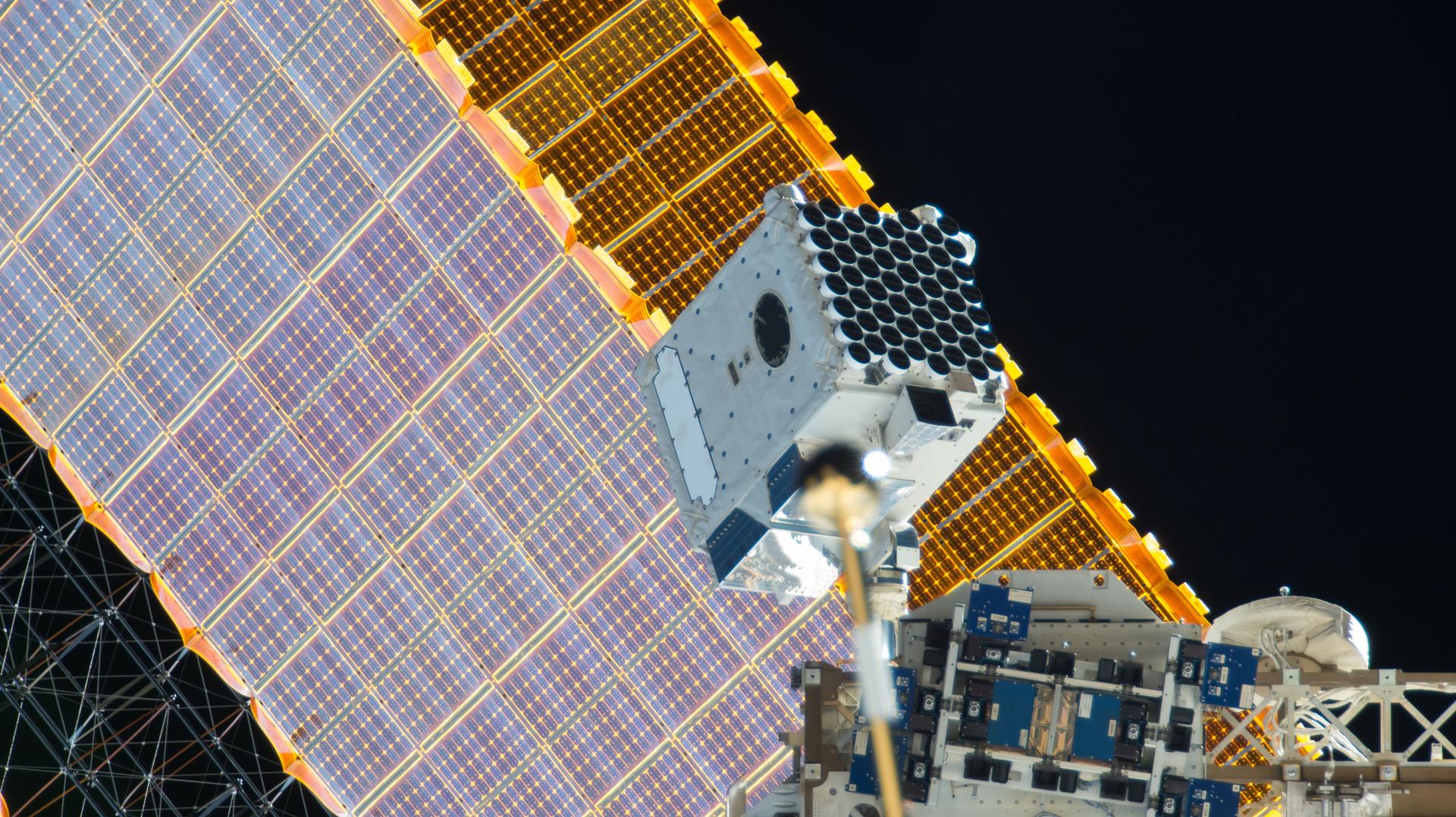
“Steps to Space” Session Planned to Educate Future Researchers
Launching an investigation to the International Space Station (ISS) requires several steps and collaboration, and a session at the ISS Research and Development Conference (ISSRDC) will showcase some of the critical partners that support research on station.
Learn More
Research Opportunities
The ISS provides the safest, and most efficient capability to test, improve, and qualify advancements in space flight hardware.
Find Opportunities Available

